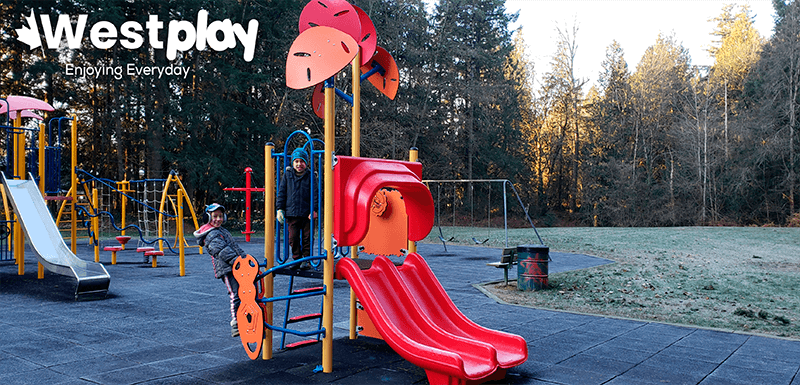In today’s digital age, where technology and innovation are constantly evolving, it’s easy to forget the games and activities enjoyed in childhood. Playgrounds and outdoor play areas have become essential parts of popular culture, and more and more structures are being modernized, and elements that challenge children are being incorporated. Still, one type of play space may have been lost in time, but its concept remains the “old school” playground. In this article, you will learn about “old school” playgrounds, their history, characteristics, and why they are still relevant today.
What are old-school playgrounds, and what is their origin?
Old school playgrounds are outdoor play areas built in the 1950s-1980s characterized by unique and challenging play structures. These playgrounds were designed to stimulate children’s creativity, imagination, and exploration and are distinguished from modern playgrounds, which tend to be safer and more standardized.
Old school playgrounds emerged in the postwar period when children began to play in the streets and open spaces of cities. In the 1950s, cities began to build playgrounds in parks and schools to provide children with a safe space designed specifically for play. These early playgrounds were constructed of wood, metal, and stone materials. They were designed to be durable and sturdy, inspired by the architecture of the time, and created unique and challenging play structures for children’s entertainment.

Characteristics of school playgrounds
Old school playgrounds are characterized by taller and more complex structures than modern playgrounds and include elements such as slides, ladders, bridges, tunnels, walkways, railings, pulleys, ropes, sandboxes, swings, hammocks, merry-go-rounds, hoops, rings, balance beams, spiral staircases, among others, where children could climb, jump, run, dig and explore in a safe and controlled environment.
Decline of “old school” playgrounds
As technology and safety became priorities in society, “old school” playgrounds began to modernize and become more standardized and safe. The more complex and challenging play structures began to be replaced by safer and more accessible play equipment for all children. In addition, the lack of maintenance and funding for repairing and improving many playgrounds also contributed to their decline. Many of these outdoor play spaces were abandoned or demolished, and more modern playgrounds were built in their place, although many of the concepts of the play elements remain in place today.
Resurgence of “old school” playgrounds
However, there has been a resurgence of interest in “old school” playgrounds. All over the world, “old school” playgrounds are being restored and rebuilt, and new playgrounds that incorporate classic elements are being created. Playground designers incorporate elements of nature, architecture, and popular culture into their designs and create play spaces that do not neglect challenging and stimulating activities but ensure the integrity of children at all times.
What did you think of this topic? Do you want to know more about playgrounds?
If you want an inclusive playground for your project, community, school, daycare, or public park, contact us by visiting the following link.
